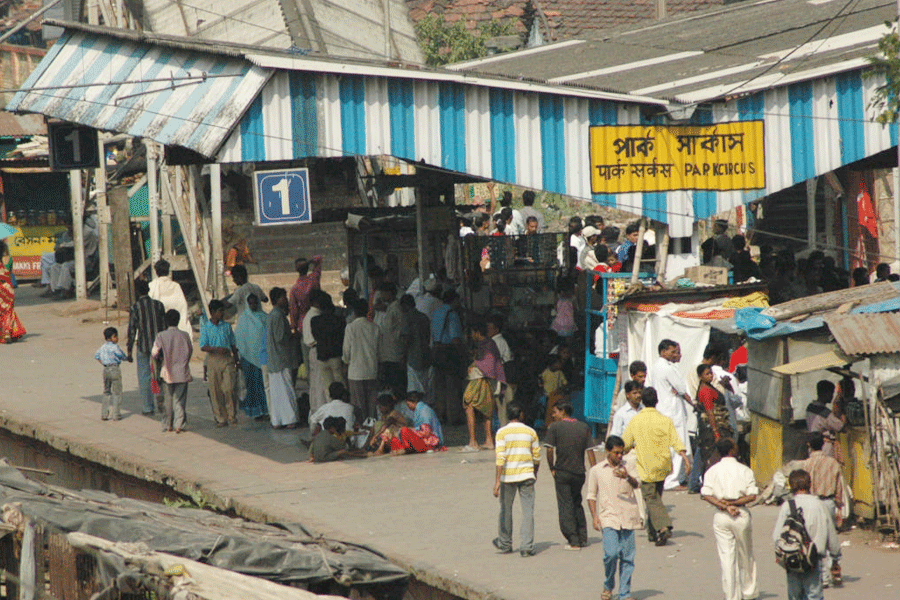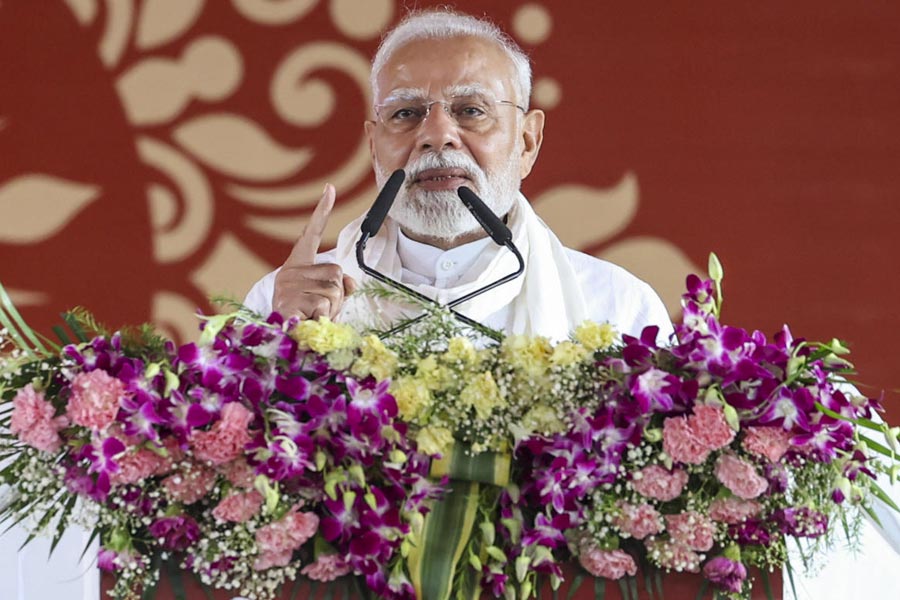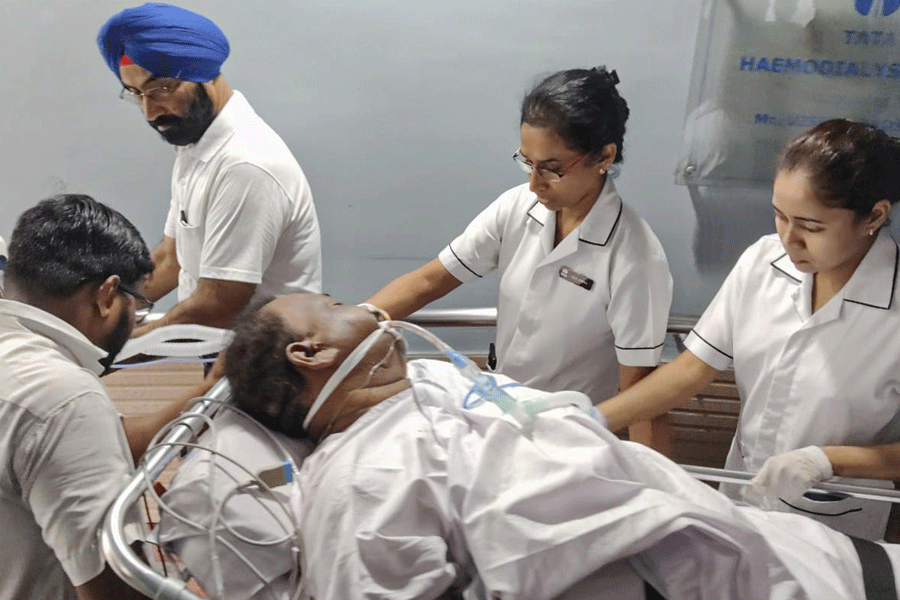 |
| Shyamala, the assistant professor of National University of Study and Research in Law, at the meet in Ranchi on Tuesday. Picture by Hardeep Singh |
Many married men in the state capital have no inkling of their demure spouses leading double lives as chronic drug addicts. Many junkies simply make a getaway to the de-addiction centre for “servicing” of their bodies to reach greater highs on returning to old habits that refuse to die.
The startling revelations were made on Tuesday by Calcutta Samaritans co-ordinator Rajeev Sarkar on the concluding day of a workshop on “Destruction, Identification, Investigation and Prosecution for Illicit Drug and Narcotic Drug and Psychotropic Substances Act Provision”.
Sarkar said that there were 1,000-1,500 chronic drug addicts in Ranchi alone, many from well-to-do families.
Citing an experience, Sarkar said that his organisation recently spotted two women who were, at first glance, good homemakers and held steady positions at their offices. Their husbands got to know about their addiction to drugs only after Calcutta Samaritans — an NGO accredited by the Union ministry of social justice — persuaded them to allow the women to visit a de-addiction centre.
“When the women came to my office, they started quarrelling with me. Their main complaint was why we informed their husbands. But, now they have shunned drugs and are doing well both at home and workplace,” he added.
Similarly, a youth from a well-known family of businessmen in Ranchi broke open the locks of the NGO’s de-addiction centre in Jamshedpur and scuttled out with six other inmates, who were addicts like him. His family traced him after several days and readmitted the boy to the de-addiction centre with the help of police.
Now, he has even quit smoking and is efficiently handling the family business.
But there are many cases of addicts looking for “servicing” of their bodies, a euphemism for a temporary lay-off from drug abuse.
“At the de-addiction centre, they regularly do yoga and other exercises. They also actively participate in various activities so long as they stay at the centre, generally for a month or so. But after leaving the centre, their indulgence in drug abuse renews and intensifies. They flatly claim that they enjoy the highs of drugs more after quitting it for a month,” Sarkar pointed out.
Addiction to prescription drugs is another serious malaise that often goes unnoticed.
Sarkar gave the example of a middle-aged woman from Muzaffarpur, Bihar, who was taken to AIIMS for treatment of abdominal pain. She was prescribed Fortwin injections. Now, she is addicted to it.
Chronic addicts with increased levels of tolerance to drugs enjoy piercing the needle into their veins more than consuming intoxicants, Sarkar revealed, whereas alcoholics relish liquor in the morning on an empty stomach.
The addicts can even beat doctors in locating veins.
“A member of my staff, who was a drug addict, was recently admitted to a hospital in an unconscious state as he was suffering from pneumonia. The doctors and nurses were unable to his trace veins for injecting medicines. Ultimately, the patient himself pushed the needle into his veins,” Sarkar added.
Excessive use of sedatives may eventually lead to cardiac arrest, paralytic attacks, Hepatitis B and C, etc., he warned.
Assistant professor with the National University for Study and Research in Law Shyamala analysed the legal provisions concerning drug abuse while state director-in-chief (drugs) S.K. Mukhopadhyay discussed the Drugs and Cosmetic Substances Act.
Other participants at the two-day event included Central Institute of Psychiatry director S. Haque Nizamie, RIMS director Tulsi Mahto and Forensic Science Laboratory director A.K. Bapuli.










